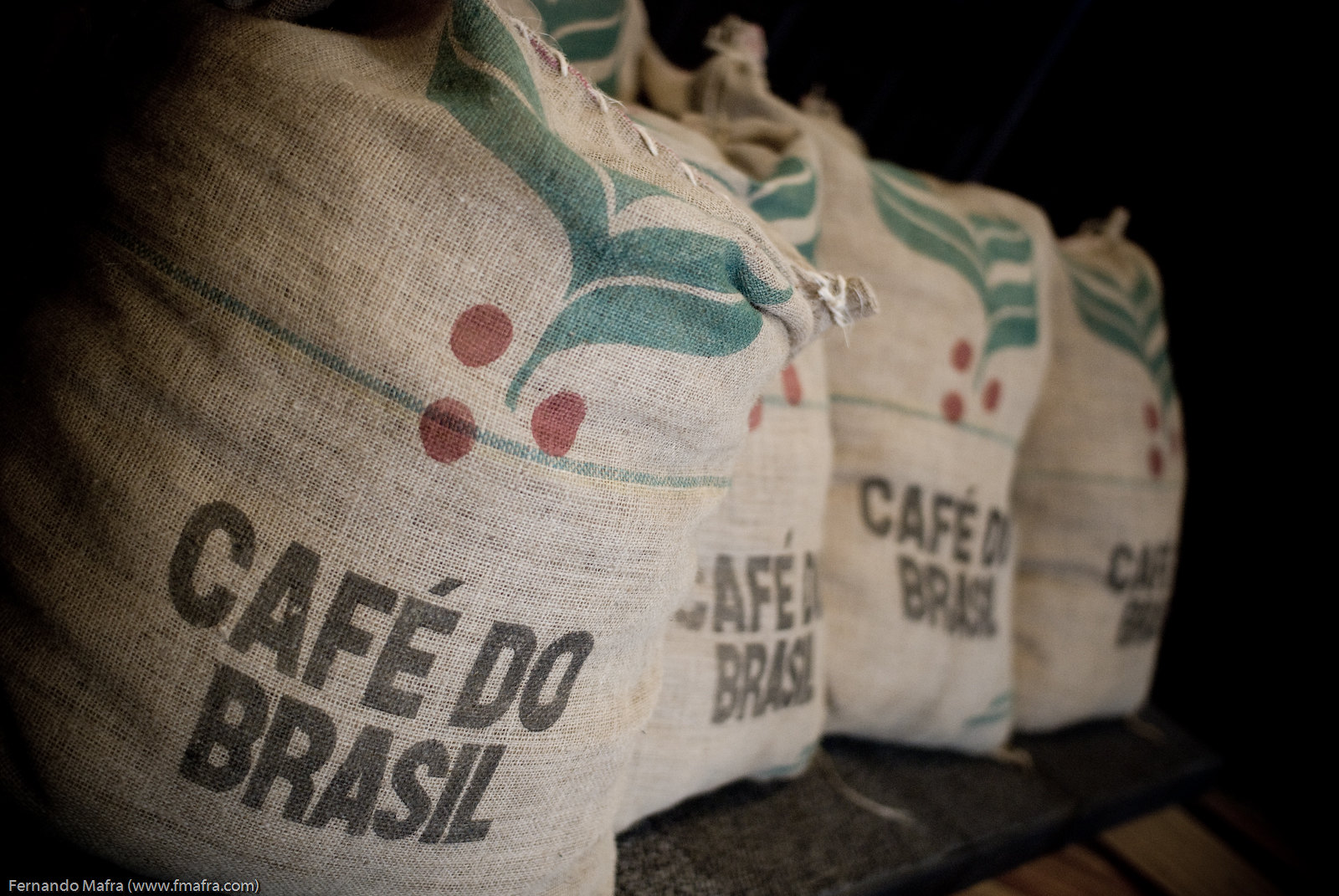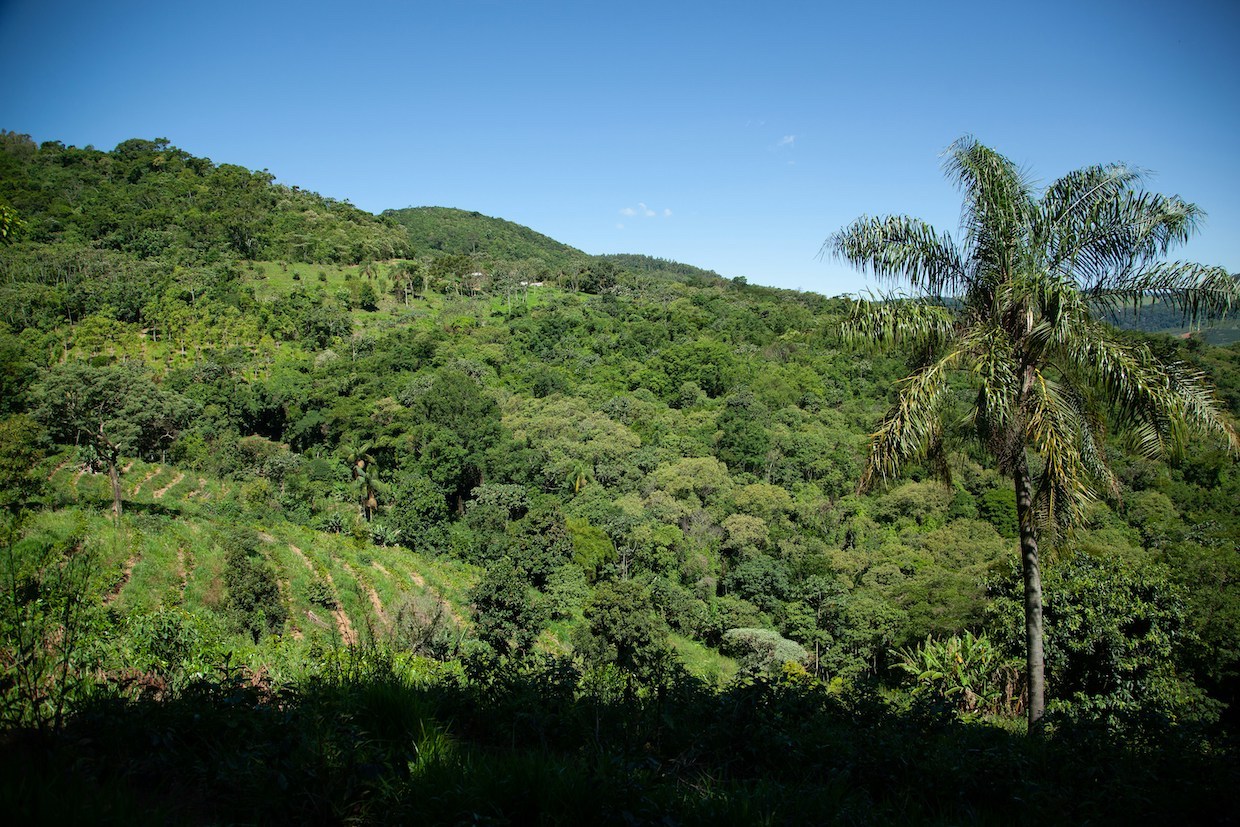
“Brazil Coffee Tour” by baristahoon is licensed under CC BY-SA 2.0.
[Publisher’s note: This is Part 1 of a short series of stories by guest author Jonas Ferraresso exploring some of the intricacies of the Brazilian coffee market and Brazil’s outsize influence on the global coffee trade. Find all the stories here.]
Understanding the coffee supply chain is no easy task. It requires considerable experience and dedication. Even then, there are huge gaps in data and ample room for different interpretations of the same information.
This is understandable, given coffee’s vastness. It is the most consumed beverage in the world after water, and one of the world’s most-traded agricultural goods.
Yet the relevance of coffee in modern society is recent compared to other agricultural goods like sugar, tobacco, salt or wheat. In just over a century, coffee has transformed from a luxury good held primarily by the wealthy class to a widely accessible product that permeates nearly all social classes, nations, religions and age groups.
Coffee’s remarkable global spread is largely due to the ability of coffee producers worldwide to deliver more affordable, higher-quality products while simultaneously increasing productivity — producing more coffee on smaller plots of land.
In my view, productivity is one of the most important factors in the coffee supply chain. Producing more in smaller spaces leads to lower production costs, making coffee more available to consumers and driving prices down.
Importantly, higher productivity does not necessarily imply less sustainable production — this depends on the farming techniques employed.
For example, some farms can now harvest 3,600 tons of green coffee per hectare (10,000 m²) — about the size of a football field. In contrast, just a few decades ago in Brazil, productivity was almost 10 times lower, meaning it would have taken 10 hectares to achieve the same yield. This would have required more resources — land, water, fertilizer, energy — and generated more CO2.
Thus, greater efficiency in production can indeed lead to more sustainable practices.
This context is essential in understanding Brazil’s pivotal role in the global coffee market. Not only is Brazil the largest producer of coffee, utilizing the most advanced technology, genetics and management practices, but it is also the second-largest consumer, surpassed only by the United States.

“proudly brazilian” by f_mafra is licensed under CC BY-SA 2.0.
This dual role underscores coffee’s significance within Brazilian society. Even for someone who has never roasted, brewed or consumed a single gram of Brazilian coffee, the economic “blend” of global coffee prices still affects their cup of Colombian or Ethiopian coffee.
According to data from ABIC (the Brazilian Coffee Industry Association), consumption in Brazil grew by 1.64% from 2022 to 2023, reaching 21.7 million 60-kilogram bags —just 5.2 million behind the U.S. As a result, Brazil not only exports nearly 30% of the world’s coffee, it also consumes approximately 12%.
It is Brazil’s prominent place as a coffee producer that makes speculating on Brazil’s coffee harvest a delicate issue.
Beyond the official numbers, there are also national private stockpiles, which are likely substantial given the volume of coffee handled in the country — though they remain estimates. Private stockpiles can temporarily cushion imbalances in the physical market. Yet these estimated stockpiles should give some buyers and industry players cause for concern, as the uncertainty over global consumption, production and raw material availability complicates long-term planning. While stock market inventories are precise and measurable, private stock levels remain elusive.
According to estimates from CONAB (the National Supply Company), Brazil’s coffee production reached a peak in 2020. If the trend holds, this year will mark the fourth consecutive year of stagnating output.
Adding further uncertainty to this already complex commercial and climatic scenario, Brazil is likely facing another challenging harvest in 2025, exacerbated by one of the worst droughts in recent memory. Anyone walking through the country’s non-irrigated coffee plantations can attest to this.
In recent years, this direct connection between coffee production and climate conditions has become the Achilles’ heel of the industry, affecting producers and consumers alike.
Publisher’s note: Daily Coffee News does not engage in sponsored content of any kind. Any statements or opinions expressed belong solely to the authors and do not necessarily reflect the views of Daily Coffee News or its management.
Jonas Ferraresso
Jonas Leme Ferraresso holds an agronomy degree from São Paulo State University (UNESP). He has worked as a coffee farmer, a coffee agronomist and as an advisor for several farms in Brazil.








Comment